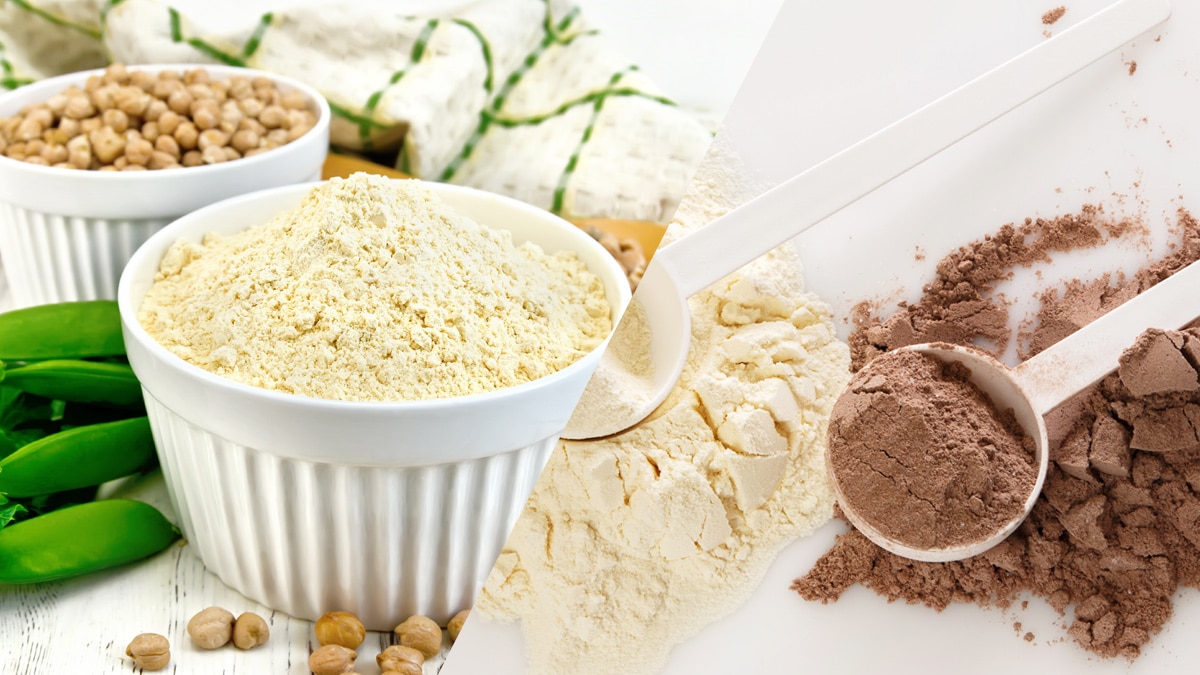Eating Habits for Longer Life
Most people’s main objective in life is to live a healthy, long life. But how do you actually get there?
Food To Benefit Your Health
In some parts of the world, such as Sardinia, Italy, Japan, and Okinawa, people live a healthier and longer life. We have found several similarities between these populations. People in these places are organically busy all day long, develop deep ties with one another, and have a feeling of purpose. Their diets also share certain similarities. The following are some ways you might adapt their longevity diet to benefit your health as well:
Consume Beans
Bean consumption is common among the locals, who consume at least a half cup daily. A cheap source of plant-based protein, beans are also high in fibre, a nutrient that has been linked to a lower risk of disease and is beneficial for gut health.
Green Vegetables
All three vegetables—broccoli, cauliflower, and cabbage—contain natural substances that are excellent for the heart and work as an anticancer substance for your body.
Snack on Nuts
You can consume around two modest handfuls, or 2 ounces, of nuts per day. To reap the benefits, you can consume a variety of nuts, such as pistachios, walnuts, and almonds. Particularly inexpensive options include peanuts.
Drink Enough Water
Although people in these locations also consume tea and coffee, water should make up the majority of your hydration. Most individuals get their added sugars from drinks like soda, and most sugary drinks are devoid of any other nutrition.
Take Less Sugar
Just a sixth of the added sugar that we consume each day is consumed in these regions. They typically reserve their consumption of sweet foods and beverages for special occasions rather than eating them on a daily basis.
Eat with your loved ones & Express Gratitude
Before a meal, take a time to express gratitude. Ideally, eat with family and friends to make the most of the experience.
Although long life may seem out of your control, there are several healthy practices that might help you live to a ripe old age. These consist of doing adequate exercise, staying active, getting sufficient sleep, and avoiding consuming too much alcohol. When combined, these behaviours can improve your health and set you up for long life.






